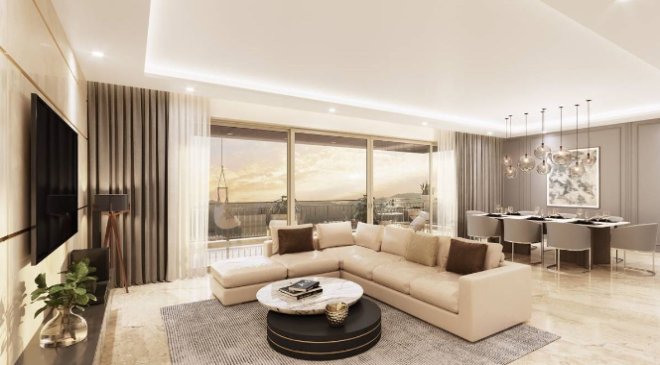The noticeable improvement in key performance metrics is a testimony that the year 2022 has been a remarkable year for residential real estate. And, a lot of this improvement can be attributed to the luxury segment.
Not many would have thought India’s residential real estate would emerge out of the woods in such a short span of time post-pandemic. An even smaller number of people would have predicted it would be the luxury housing segment that would help the sector spring out of a stubborn slowdown that has been taking a firm grip on the sector for years.
Also Read– Work From Home Allowance, Increase 80C Exemption: What Taxpayers Expect From Budget 2023
The noticeable improvement in key performance metrics is a testimony that the year 2022 has been a remarkable year for residential real estate. And, a lot of this improvement can be attributed to the luxury segment.
Even as interest rates are rising along with a noteworthy increase in average property values (the RBI has increased the repo rate by a cumulative 125 basis points since May this year), home sales numbers in India’s top residential markets have shown a remarkable upwards movement.
According to rating agency ICRA, home sales in the first half of the current financial year have shown a 49% increase year on year— this is the highest number of sales in the past 10 years, data show. ICRA points out that the share of premium and luxury units in the overall home sales is consistently increasing post-pandemic, due to which marginal increase in the price factor has not been able to derail growth in India’s residential real estate segment.
Industry estimates also show that affordable housing supply reduced to 21% of the 2.65 lakh units launched in the top 7 cities in the first nine months of 2022 while the share of apartments priced over Rs 1.5 crore has doubled in the total housing sales in the first half of 2022.
Unlike in the past, most developers launching luxury housing projects are seeing all the units in their under-construction projects being sold at the pre-launch stage because of the huge demand. This is also a reason why unsold stock in top cities has declined considerably.
Also Read– Flipkart, Amazon Republic Day sale: Best deals on 5G phones starting at Rs 11,999
Data available with ICRA show that unsold inventory level dropped to 823 million square foot (msf) as of September 2022 from 914 msf as of September 2021. As a result of this, inventory overhang— the time frame to sell off the unsold stock based on current sales velocity— is the lowest in the last one decade at 1.5 years.
If these numbers are any indication, luxury can drive real estate to newer highs in the year 2023.
What is behind the flight of luxury realty?
In the post-corona world, homes are not just living spaces. They have assumed a much bigger role. Buyers are now acutely conscious of space, amenities and facilities they will enjoy from their future homes. This is the primary reason, boosting the luxury segment. This trend is likely to continue in the year to come because of a variety of factors.
Residential demand for luxury in 2023 will primarily be supported by the aspiration for home ownership/upgrade and comparatively better affordability. Since the demand in this segment is beyond these considerations, any future hikes in interest rates will not have any significant impact on luxury housing.
Also Read-Air India fleet expansion: Tata-owned airline to order around 500 aircraft
Also fueling this rally is a jump in the number of high net-worth individuals and increased NRI interest in the domestic housing market. The strengthening of the US Dollar against the Indian Rupee is giving them a reason to enter the home market with better purchasing power. NRIs are showing higher preference for plotted developments, homestays, vacation homes and resorts with the pandemic boosting their demand.





































